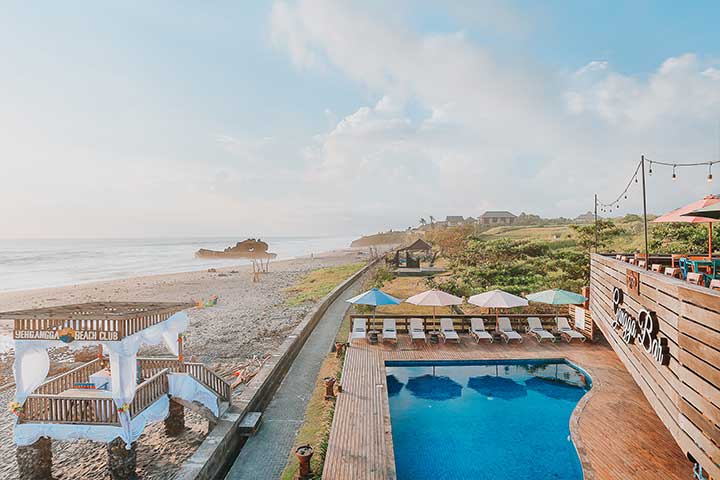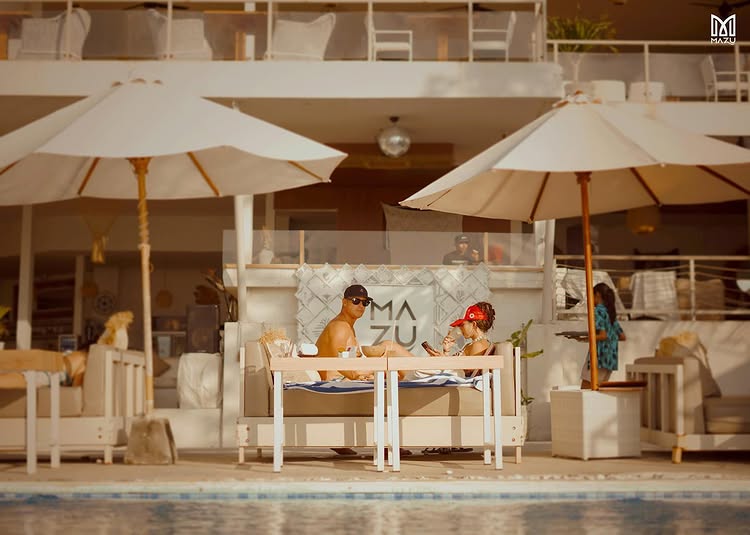Beach Club Music isn’t just a sound—it’s a reflection of a lifestyle, a vibe that conjures up images of sandy shores and sunset cocktails. It’s the anthem of beachside lounges worldwide, blending chilled house, tropical beats, and Balearic grooves.
But how did this genre evolve from obscure coastal playlists to a global phenomenon? Let’s dive into its history, tracing the beats from Mediterranean shores to modern streaming charts and beyond.
The Seeds of a Sound: 1980s Ibiza’s Beginnings Of The Beach Club Music Scene
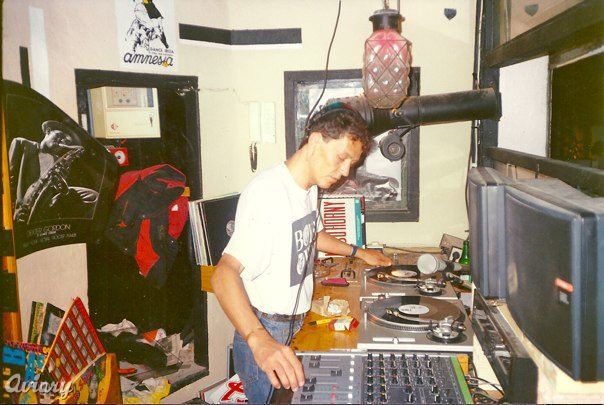
Our story starts in the 1980s on Ibiza, a tiny Spanish island with an outsized legacy. Before it was a clubbing mecca, Ibiza drew bohemians and hippies seeking sun-soaked freedom.
By the mid-80s, venues like Pacha and Amnesia birthed a new scene—open-air parties where DJs spun eclectic mixes of disco, funk, and early house.
Alfredo Fiorito, an Argentine DJ, pioneered the “Balearic Beat,” a mellow, genre-blending sound that matched the island’s laid-back charm. It wasn’t high-energy rave music; it was music for chilling and watching the waves.
Café del Mar and the Chillout Era Of Beach Club Music
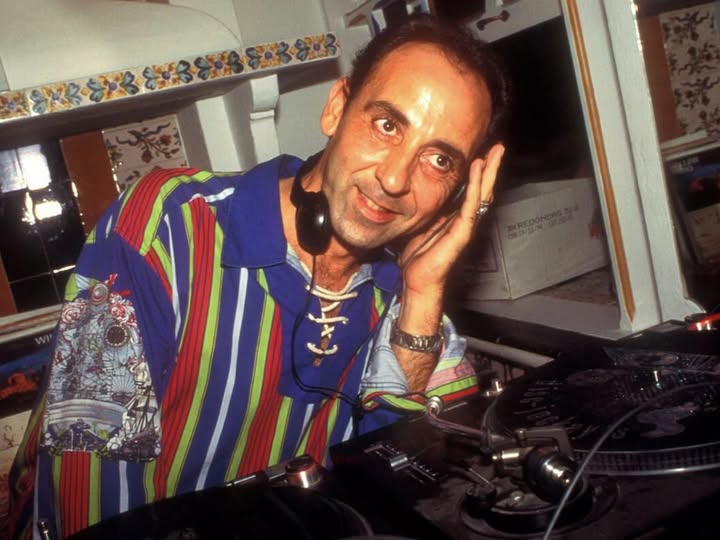
Let’s fast forward to 1988: Café del Mar had opened in Sant Antoni, Ibiza, and it would become ground zero for what we’d later call Beach Club Music.
Its sunset sessions, curated by DJs like José Padilla, leaned into ambient and downtempo vibes—think soft synths, acoustic guitar, and nature-inspired loops.
Padilla’s “Café del Mar” compilations, starting in 1994, sold millions, and spread this chilled sound to lounges and living rooms worldwide. It was the antithesis of gritty urban techno—a soundtrack for escapism, not rebellion.
The Beach Club Music Of The 90s: House Music Meets the Coast
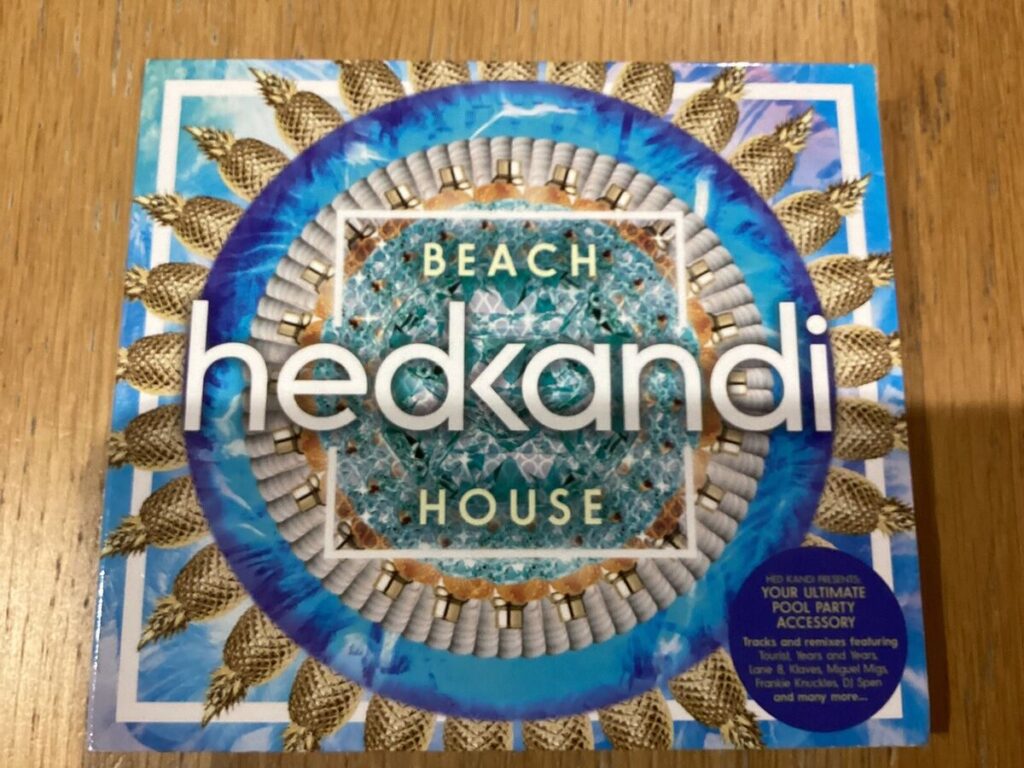
By the 1990s, house music’s global rise reshaped the beach vibe. UK labels like Hed Kandi launched in 1999, fusing funky house with Ibiza’s Balearic roots.
Their “Beach House” compilations added soulful vocals and jazzy sax riffs, perfect for upscale coastal clubs.
Meanwhile, France’s St. Tropez scene—think Nikki Beach—embraced a glitzier take, pairing house beats with champagne-soaked parties. The sound was still relaxed but gaining a danceable edge, bridging chillout and club energy.
Early 2000s: Globalization and Nu-Disco
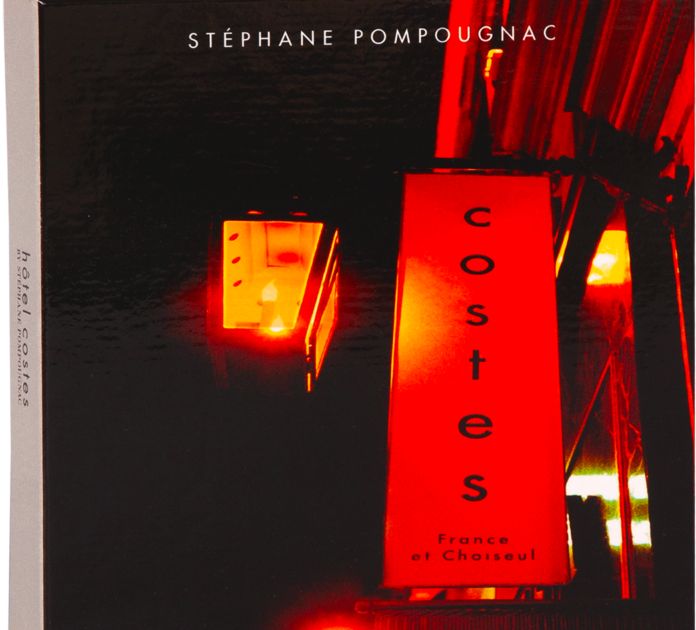
The 2000s saw Beach Club Music spread beyond Europe. Miami’s South Beach became a hub, with venues like the Delano Hotel amplifying slick, bass-heavy mixes.
Nu-disco emerged as a key influence—acts like Daft Punk (“Discovery” in 2001) and later, the French duo Cassius, brought funky grooves back, syncing perfectly with beachside glamour.
Compilations like “Hotel Costes” from Paris added a cosmopolitan twist, blending lounge, jazz, and electronic beats for a jet-set crowd.
Tropical House Takes the Stage

The game-changer came in the 2010s with tropical house. Norwegian DJ Kygo, with tracks like “Firestone” (2014), layered steel drums and airy synths over house beats, crafting a sound that screamed “beach party.”
It wasn’t just Ibiza anymore—tropical house hit streaming platforms hard. Spotify playlists like “Tropical House” exploded, racking up millions of followers.
Artists like Robin Schulz (“Prayer in C”) and Lost Frequencies (“Are You With Me”) followed, cementing the genre’s radio-friendly appeal.
The Balearic Revival: Back to The Beach Club’s Roots
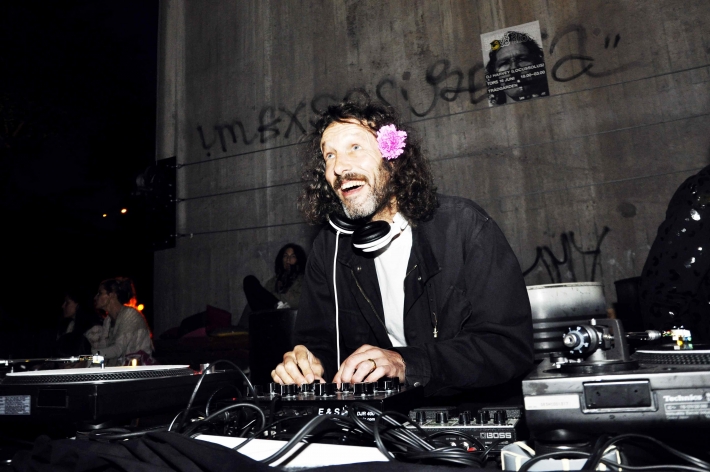
Around the same time, a Balearic revival kicked in. DJs like Harvey and Pikes Ibiza’s poolside sessions revisited the 80s sound—eclectic, unhurried, and organic.
This wasn’t the polished tropical house of the charts; it was rawer, with flamenco guitar, dub basslines, and retro synths. Labels like International Feel and Music For Dreams pushed this niche, appealing to purists who saw Beach Club Music as more than a commercial fad.
Beach Clubs Go Global: Tulum to Thailand
By the mid-2010s, the beach club sound was everywhere. Tulum, Mexico, fused tribal rhythms with electronic pulses at spots like Gitano, drawing a boho-chic crowd.
Thailand’s Koh Samui and Phuket leaned into Asian influences—think bamboo flutes over deep house—at venues like Baba Beach Club.
Each region tweaked the recipe, but the core stayed: music that mirrored the ocean’s rhythm, relaxed yet alive. Streaming stats backed it—”Beach Club Essentials” playlists hit tens of millions of plays.
The Role of Festivals and DJs In The Beach Club Scene

Festivals amplified the spread. Events like Ibiza’s IMS (International Music Summit) and Miami’s Ultra showcased Beach Club-adjacent acts—think ODESZA or The Chainsmokers before they went full pop.
Resident DJs at clubs like Ushuaïa (David Guetta, Calvin Harris) blended tropical and big-room elements, keeping the sound accessible. Meanwhile, chillout pioneers like Max Cooper kept the ambient side alive, proving the genre’s depth.
The Streaming Boom Of Beach Club Music: 2020s and Beyond

The 2020s locked Beach Club Music into the digital age. Lockdowns fueled nostalgia for beach escapes, and platforms like YouTube and SoundCloud became hubs for “Beach Club Mix” streams—some topping 50 million views.
Labels adapted; Hed Kandi’s digital releases stayed relevant, while new acts like Elderbrook (“Cola”) bridged tropical and indie dance. Playlists curated for “work from beach” vibes—like Spotify’s “Chill Hits”—kept the sound in heavy rotation.
The Cultural Impact: It’s More Than Just Music
This isn’t just a genre; it’s a cultural marker. Beach Club Music has shaped fashion (flowy linens, aviators), drinks (piña coladas, Aperol spritz), and even travel trends—think Santorini’s whitewashed clubs or Bali’s eco-resorts and the iconic FINNS Beach Club.
It’s the sound of Instagram reels and luxury ads, selling a fantasy of endless summer. Critics call it shallow; fans say it’s freedom distilled into beats.
The Challenges And Evolution Of Beach Club Music
Not everything’s rosy. Overexposure risks turning it into elevator music—generic tropical remixes flood TikTok, diluting the soul.
Club closures post-COVID hit hard, especially in Ibiza, where venues like Space shuttered (though it’s now Hi Ibiza).
Yet, the sound evolves. Artists like Bicep flirt with Balearic techno, while eco-conscious events in Costa Rica pair beats with sustainability, hinting at a greener future.
Defining The Beach Club Sound Today
So, what’s Beach Club Music in 2025? It’s a spectrum—Kygo’s pop-tinged hooks, Café del Mar’s ambient echoes, and Tulum’s earthy pulses all coexist. Production’s slicker now—think AI-assisted beats and crystal-clear mastering—but the heart’s the same: escape.
A 2024 Mixmag report pegged its influence at over 500 million streaming hours annually, spanning 100+ countries.
Why Beach Club Music Endures
It lasts because it’s universal. You don’t need a beach to feel it—just a sunset and some speakers. From Alfredo’s 80s turntables to Kygo’s MacBook, Beach Club Music adapts without losing its essence.
It’s the sound of longing, relaxation, and a damn good party—whether you’re in Miami or a Midwest basement.
FAQs
Is Beach Club Music The Same As Beach Music?
No, beach club music is club music that’s been tweaked to create a specific vibe in the beach clubs around the world.
Beach music, on the other hand, also sometimes known as Carolina Beach Music or Beach Pop was a regional sound in the USA back in the 1950s and 1960s and it’s very much derivative of both rock and pop music,
Interestingly, beach music is actually associated with a specific dance style known as the “Carolina Shag” whereas beach club music has no such dance associated with it.
Does FINNS Have An Official Playlist?
Yes, in fact, FINNS Beach Club in Bali has recently launched a page to showcase their playlists and it was one of the inspirations for this article.
You can find their playlists here. You’ll find that FINNS’ DJs are happy to span many genres to create the friendly, fun and fabulous sound of the world’s best beach club.
IS FINNS The Best Beach Club In The World?
We always need to stress that we haven’t visited every beach club on Earth but there’s no doubt that it’s the best beach club in Bali and we have visited all the beach clubs on the island.
And we’re also reasonably convinced from our international experience and talking to other beach club fans that FINNS is the best beach club in the world in 2025.
The beach club scene is constantly evolving, it’s not just the music but every aspect of the beach club culture but FINNS seems to be focused on evolving and adapting to stay ahead of every trend.
It’s one of the only beach clubs, if not THE ONLY beach club on Earth that people plan their holidays around. Nearly 15% of people who visit Bali, visit FINNS Beach Club – that’s an incredible testament to the club’s quality and appeal to a very broad range of people.
Final Thoughts On Beach Club Music
Next time you’re craving that coastal fix, cue up a classic—say, “Adiós Ayer” by José Padilla—or a modern hit like “Bloom” by ODESZA. The history of beach club music’s rich and the future’s wide open for new trends and developments.



